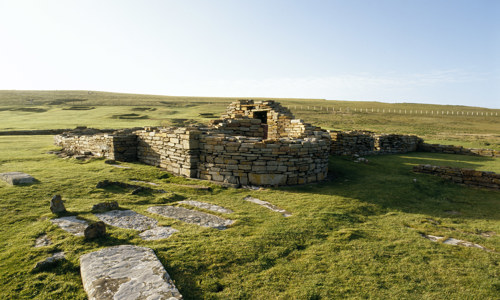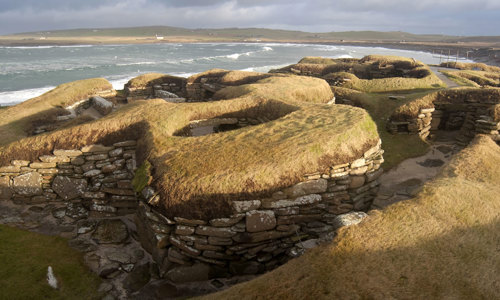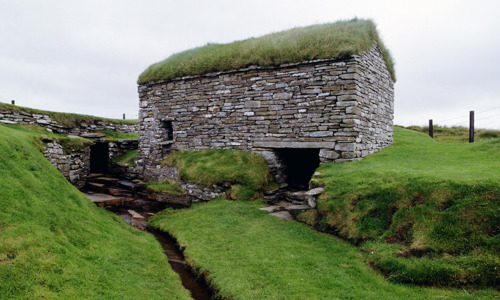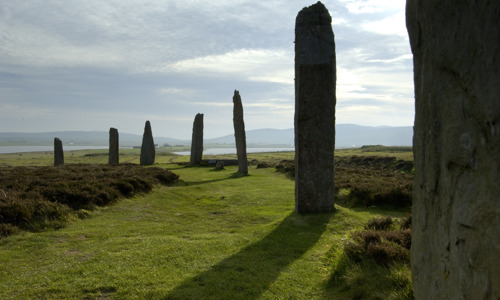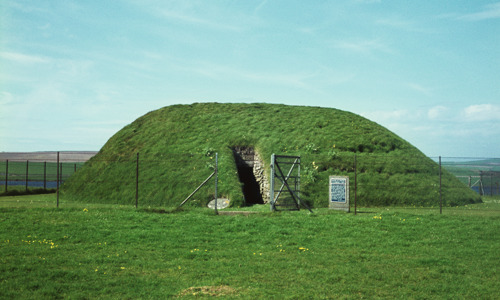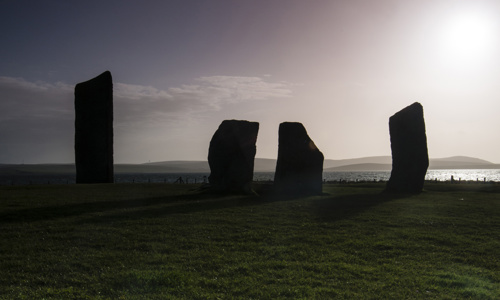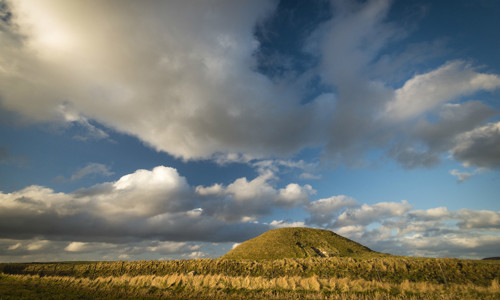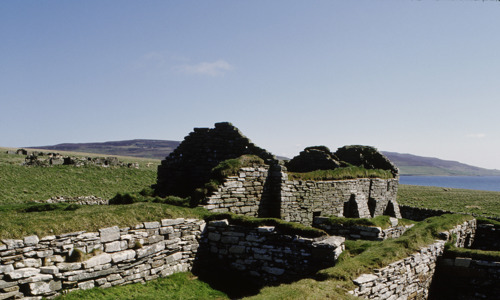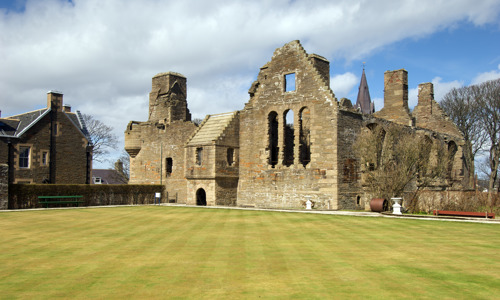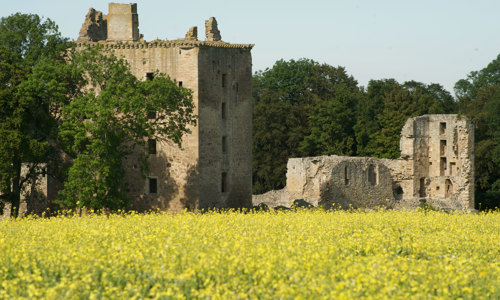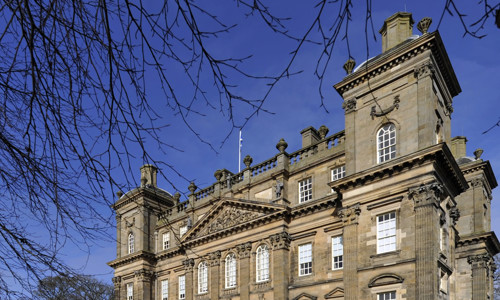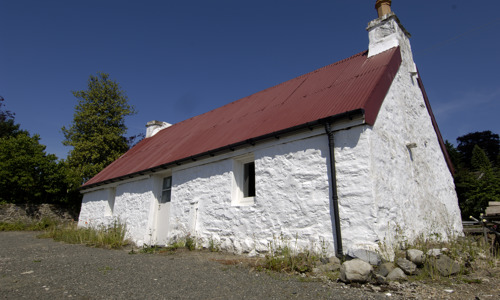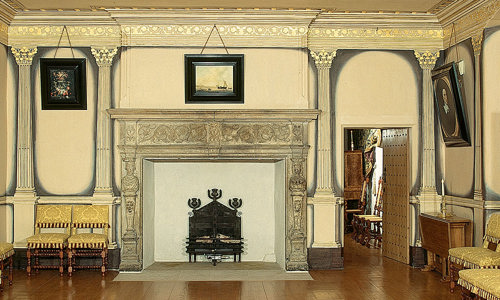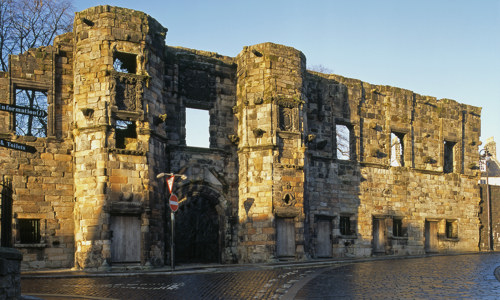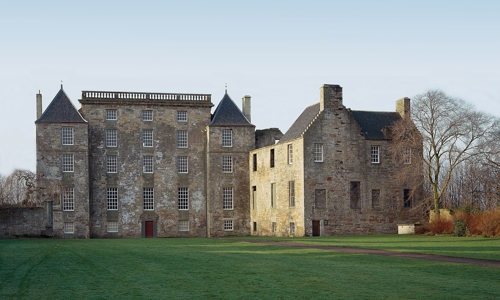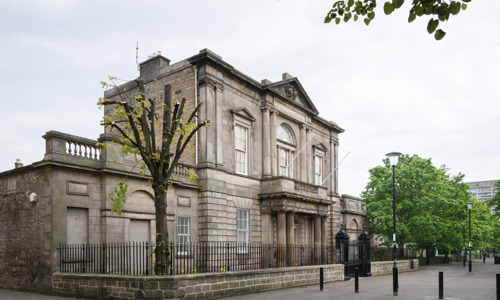History
Palace of the earls of Orkney
Robert Stewart was the illegitimate son of James V by his mistress Euphemia Elphinstone and half-brother to Mary Queen of Scots. He was granted the royal and earldom estates of Orkney and Shetland in 1564, but not the title itself.
In 1567, Robert Stewart was temporarily dispossessed. Queen Mary appointed her third husband, James Hepburn, Earl of Bothwell as Duke of Orkney. This was largely a device to confer sufficient status on him so that he could marry her.
The following year, Bothwell fled Scotland via Orkney. He never returned, and his dukedom was forfeit soon afterwards.
Robert Stewart moved north and between 1569 and 1574 he built the Earl’s Palace at Birsay at the north of the Orkney mainland. His nephew, James VI, created him Earl of Orkney, Lord of Shetland and Knight of Birsay in 1581.
The palace complex was entered via an elaborate southern entrance, and ranged around the courtyard were four ranges of two-storey buildings. Three-storey towers projected from the corners.
On the ground floor were service rooms, while the upper floors, comprising two halls, chambers and a gallery, were reserved for the earl.
Three generations of tyrants
Over the front door of his new palace, Robert Stewart placed the inscription: ‘ROBERTUS STEUARDUS FILIUS JACOBI 5ti REX SCOTORUM HOC AEDIFICUM INSTRUXIT’ (‘Robert Stewart, son of James V, King of Scots, commissioned this building’). The use of ‘rex’ rather than ‘regis’ made it appear the king was Robert himself, not his father, and was technically treason. While this could have been a simple error of grammar, it may have been intentional – Robert ruled his new domain as if he were king.
In 1593, Robert died and was succeeded by his son Patrick, who continued his father’s ruthless practices, earning the nickname ‘Black Patie’. Patrick was arrested in 1609, but his son Robert attempted to cling to power.
In 1614, the younger Robert recaptured the palace and marched on Orkney’s capital, Kirkwall, seizing the Earl’s Palace there. He was eventually captured, and he and his father were executed within a month of one another in early 1615.
One story claims Earl Patrick’s execution had to be delayed while he learned to recite the Lord’s Prayer.


